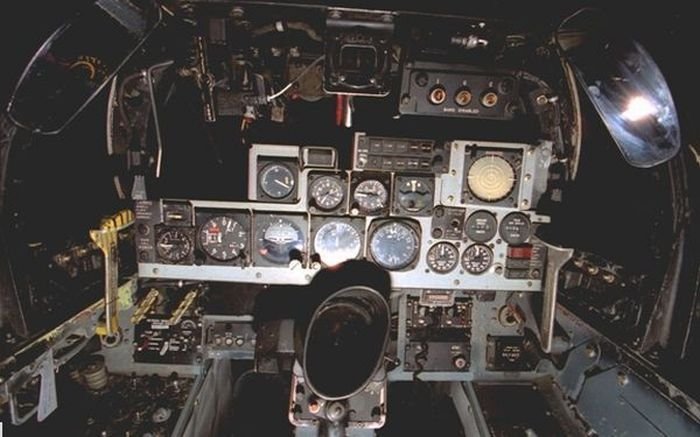|
|
Fighter Jet Cockpit
|
In the design of the cockpit in a military fast jet, the traditional “knobs and dials“ associated with the cockpit are mainly absent. Instrument panels are now almost wholly replaced by electronic displays which are themselves often re-configurable to save space. While some hard-wired dedicated switches must still be used for reasons of integrity and safety, many traditional controls are replaced by multi-function re-configurable controls or so-called “soft keys”. Controls are incorporated onto the stick and throttle to enable the pilot to maintain a head-up and eyes-out position – the so-called Hands On Throttle And Stick or HOTAS concept,. These controls may be then further augmented by new control media such as head pointing with a Helmet Mounted Sighting System or Direct Voice Input (DVI). New advances in auditory displays even allow for Direct Voice Output of aircraft status information and for the spatial localisation of warning sounds for improved monitoring of aircraft systems. A central concept in the design of the cockpit is the Design Eye Position or "DEP".
The layout of control panels in modern airliners has become largely unified across the industry. The majority of the systems-related controls (such as electrical, fuel, hydraulics and pressurization) for example, are usually located in the ceiling on an overhead panel. Radios are generally placed on a panel between the pilot's seats known as the pedestal. Automatic flight controls such as the autopilot are usually placed just below the windscreen and above the main instrument panel on the glareshield.
Most modern cockpit will also include some kind of integrated warning system.
|
|









